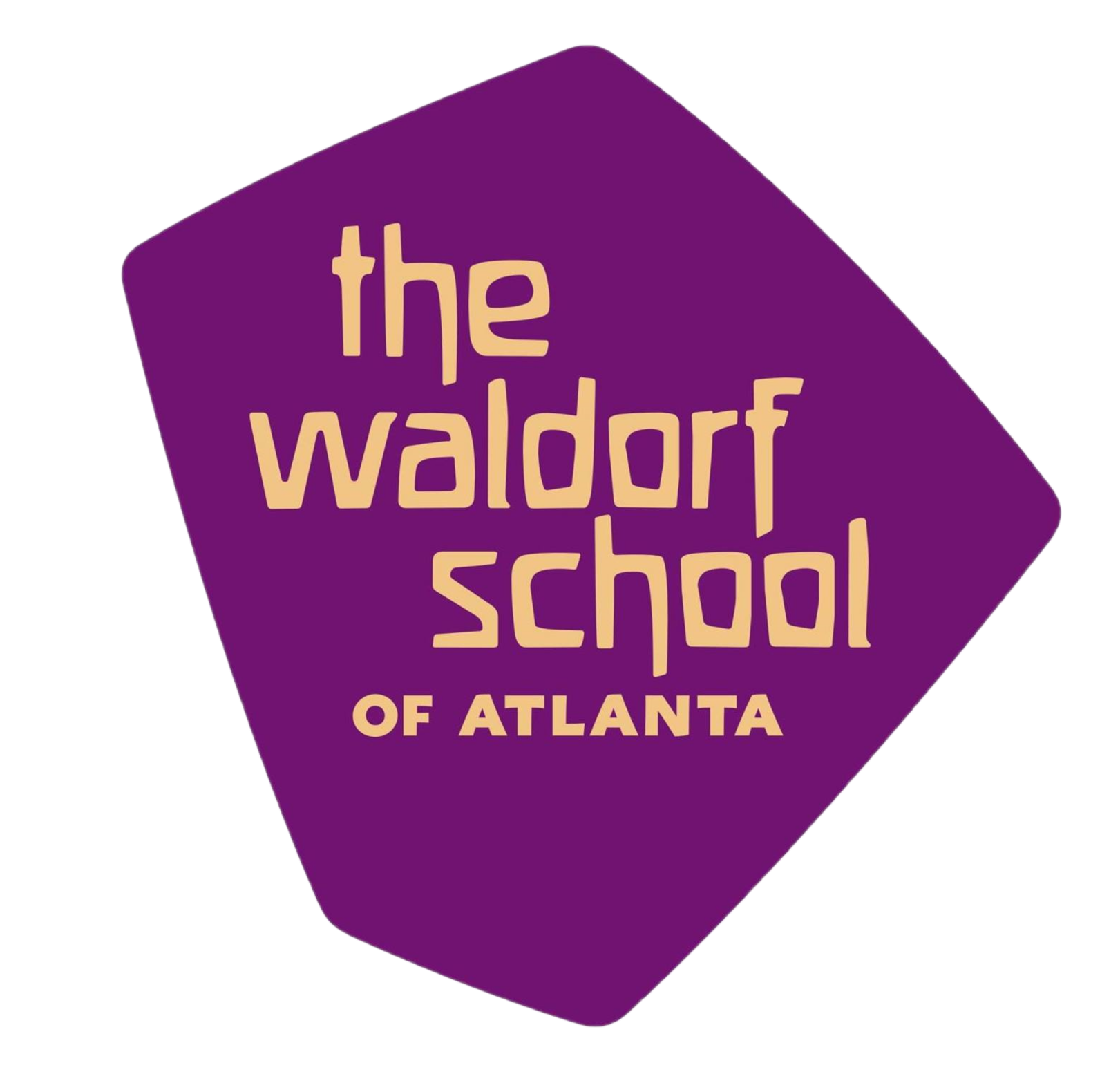From Caramel to Car Batteries: Bringing Science to Life in Middle School
Engaging students in science is all about engaging their hearts, says Lila Rubio, Waldorf School of Atlanta’s dynamic science program coordinator.
Lila has a Bachelor in Textile Engineering from Georgia Institute of Technology and an MBA with a finance concentration from Wake Forest University. Lila Rubio has experience blowing things up. As a middle school class teacher and the science program coordinator at WSA, she knows the key to engaging 6th, 7th, and 8th graders is through vivid real-world experiences that awaken their curiosity and imagination. To that end, Ms. Rubio may be igniting flammable gas during the study of combustion or melting copper wires with a car battery during a unit on electromagnetism.
In addition to drawing students’ attention, hands-on science fosters the observational and critical thinking skills that define all effective scientists, a key goal for Ms. Rubio. “The overall objective [of the middle school science program] is that students are able to think for themselves and become deep, keen observers of the world,” she explains.
Below, we talk with Ms. Rubio about WSA’s approach to science, what caramel has to do with chemistry, and how WSA graduates are prepared for advanced-level science in high school and beyond.
From Experience to Observation
Middle school is a time of tremendous cognitive, emotional, and physical growth. At this age, children are increasingly independent, eager to question, and growing in their ability to understand abstract concepts like cause and effect. WSA’s science program fosters those burgeoning capacities with an emphasis on independent thought and experimentation.
“We teach science through phenomenology, which means that the purpose of our science curriculum is to help the children, one, observe the phenomena, and two, be able to explain phenomena that are already existing in the world,” Ms. Rubio explains. To achieve those goals, science lessons often follow a sequence that leads from experience to observation to theory.
“We don't start with a hypothesis, because the hypothesis is already assuming that an experiment is going to go a certain way,” explains Ms. Rubio. Instead, the lesson begins with the observation or experience of a scientific phenomenon in the real world. For example, while learning about electricity in 7th grade, Ms. Rubio demonstrates the voltaic pile—the process through which connecting wires with dissimilar metals can generate sufficient electrical charge to power a light bulb.
Next, Ms. Rubio guides the students in asking questions and proposing theories to understand the scientific principles at work. In the case of the voltaic pile, students discuss the properties of electricity and how it can be used, leading them to the understanding of how a battery works. This understanding, in turn, segues into the 8th grade study of electromagnetism, where students combine the principles learned in 6th grade magnetism and 7th grade electricity to build their own simple motor.
Chemistry In Caramels
Building a motor in 8th grade is one of the many ways that WSA teachers connect science instruction to the real world, further enhancing their students’ connection to material. When demonstrating scientific principles, Ms. Rubio often chooses topics that she knows will naturally resonate with students, like making lipstick or cooking in chemistry class.
“We make bread like we did in kindergarten, but now we understand the science behind bread making. We make sea-salted caramels, and now we understand what is happening chemically during caramelization,” she says. “The students can explain why sugar caramelizes and why the flavors change and why that is a chemical change and not a mechanical change.” From this, students learn not only how to enjoy the topic, but that “chemistry is actually really useful in the world.”
One of her favorite lessons involves identifying and describing the six simple machines on a bicycle during 7th grade mechanics. “We all bring our bicycles to school so that students can identify exactly where the six simple machines are on a bike. And then we bike to get ice cream in Decatur.” She adds, “That’s really fun, because I believe that my job as a Waldorf teacher isn't just to teach them how to be students. It's also how to be a human being out in the world.”
Preparing for High School Science
Science at WSA is more engaging, hands-on, and exciting than the programs many of us experienced as children. But are WSA students prepared to take on the advanced-level science they’ll face in high school? Ms. Rubio is confident students are amply prepared for high school—in many ways.
“I don't know if many kids come out of middle school knowing how a DC motor really works, or could build one for themselves,” Ms. Rubio says. At the same time, “We take seriously their ability to not just experience Waldorf education, but also be prepared to go to their next phase,” which also means tackling more traditional science instruction, such as learning how the periodic table of the elements works.
The interdisciplinary nature of the Waldorf curriculum further bolsters WSA graduates’ preparation. In her classes, Ms. Rubio places tremendous emphasis on correctly using scientific vocabulary, noting that “through the curriculum, we also work on expository writing, which is a really critical skill.” Even art, which is incorporated into the science curriculum, promotes observation and attention to detail in students.
But if you ask Ms. Rubio, the real strength her students show is an ability to work hard and joyously in high school. “The difference to me in Waldorf kids is that because they've been taught through the feeling realm, they love to learn. They're not burned out. These kids go off to high school and have amazing will forces.” And, crucially, “They can think for themselves.”






